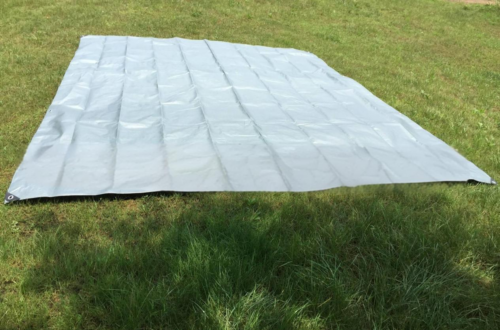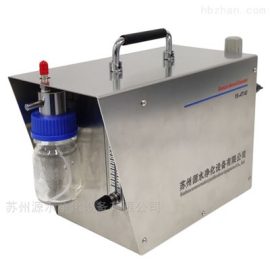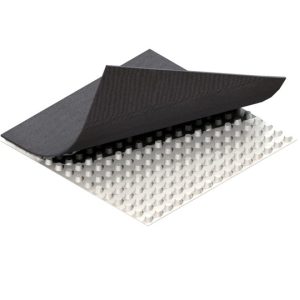The Ultimate Guide to Wind Direction Measurement Devices
The Ultimate Guide to Wind Direction Measurement Devices
Understanding wind patterns is crucial for numerous applications, from weather forecasting to renewable energy projects. Accurate data helps in making informed decisions, and that’s where a wind direction measurement device becomes essential. This guide explores everything you need to know about these instruments.
How Wind Direction Measurement Devices Work
Wind direction measurement devices, often called wind vanes, detect the horizontal direction from which wind originates. They operate using simple mechanical principles or advanced electronic sensors. Traditional wind vanes rotate freely to align with wind flow, while modern versions incorporate potentiometers or digital encoders for precise data logging.
Types of Wind Sensors
Common types include mechanical vanes, ultrasonic anemometers, and combined sensors that measure both wind speed and direction. Ultrasonic devices use sound waves to calculate wind parameters without moving parts, offering high reliability in harsh conditions.
Key Applications and Benefits
These devices are vital in meteorology, aviation, agriculture, and wind energy. For instance, optimizing turbine positioning in wind farms relies on accurate wind direction data to maximize efficiency. In agriculture, they aid in managing crop spraying by accounting for wind drift.
Improving Safety and Efficiency
Accurate wind direction monitoring enhances safety in construction and aviation by alerting operators to hazardous shifts. It also boosts operational efficiency in industrial settings, reducing downtime due to weather-related disruptions.
Frequently Asked Questions
What is the most accurate wind direction measurement device?
Ultrasonic anemometers are highly accurate as they lack moving parts, minimizing wear and calibration issues.
How often should wind vanes be calibrated?
Annual calibration is recommended for most devices, though high-use environments may require quarterly checks.
Can these devices measure wind speed too?
Yes, many modern sensors, like combined anemometers, provide both direction and speed data simultaneously.
Optimize Your Operations with Precision Data
Investing in a reliable wind direction measurement device ensures you capture critical environmental data. Whether for research, safety, or efficiency, the right tool empowers better decision-making.
Ready to enhance your wind monitoring? Explore professional-grade sensors today and take control of your data accuracy!


